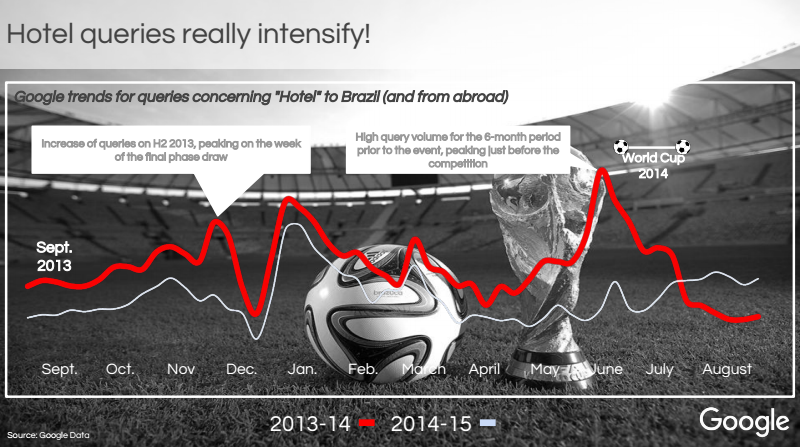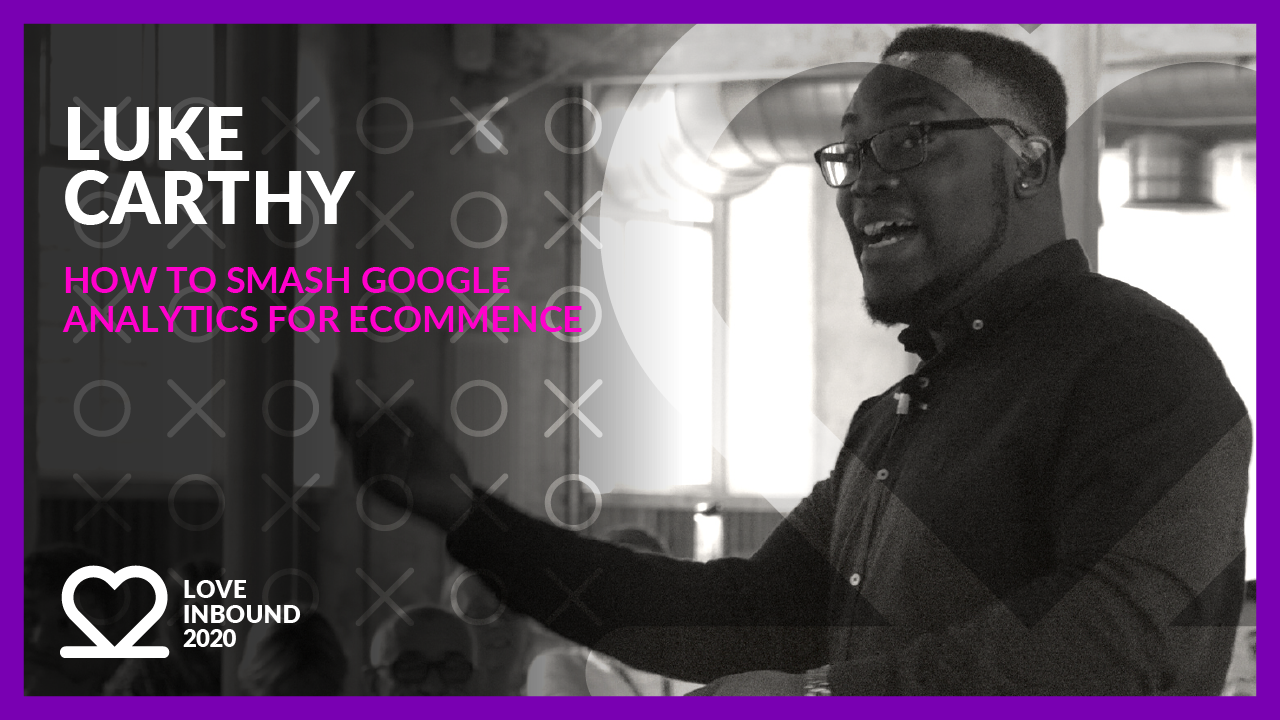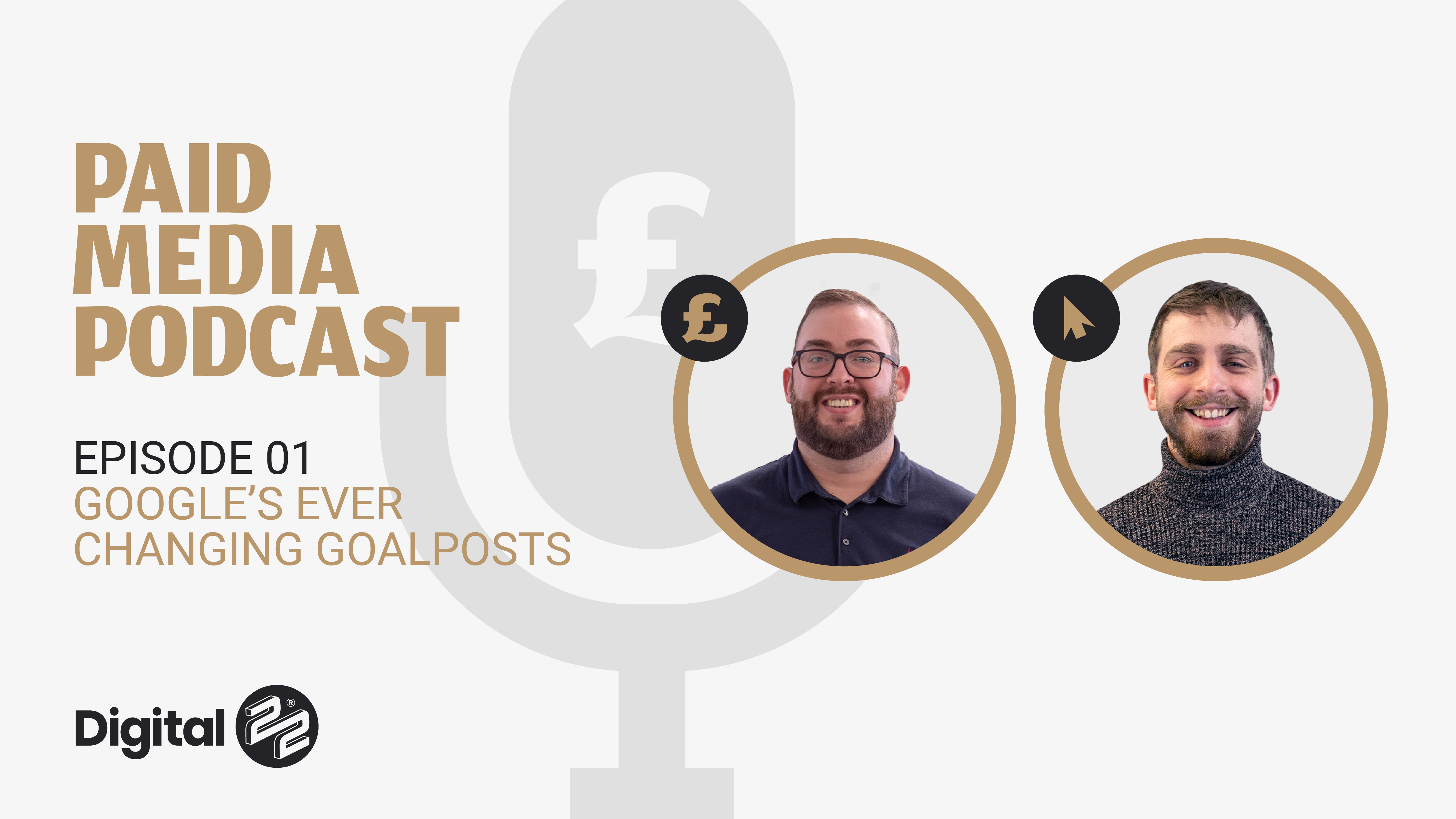Google recently released a study to marketers about how to capture the moment and seize an...
When Google announced in 2020 that it remove support and ban the use of third-party cookies, many marketers started to fret about how this might impact their business.
Initially, the ban was set to take place in Q1 of 2022. However, it’s since been put back to Q1 of 2023. A stay of execution and an opportunity for marketers who have been over-reliant on third-party data for too long to make some overdue changes to how they operate.
2022 will be a crucial time for marketers who want to enter 2023 in a strong position.
First things first — what are third-party cookies?
There are a few different types of cookies. However, first-party and third-party are the most commonly used. It’s worth noting that Google’s banning only third-party cookies; first-party will still be fair game. To understand the difference, it’s best to understand what each means:
First-party cookies
First-party cookies have been generated and stored via your website to help enhance the user experience. First-party cookies can store basic data about your visitor and their preferences.
First-party cookies are responsible for remembering passwords and tracking what users do once they’re on your website. These analytics allow marketers to use automation more effectively and create personalised journeys for visitors.
First-party cookies will still be in use after 2023.
Third-party cookies
Third-party cookies, on the other hand, are tracking codes placed on a website visitor's computer by one website that then tracks them across multiple websites. The data collected is sent back to the originator of the code, allowing them to build up a more robust visitor profile.
Advertisers commonly use these third-party cookies to understand their target’s web habits and collect data such as frequently visited websites and more. This data is widely used to create retargeting lists and lookalike audiences.
What’s the impact for marketers?
As expected, the announcement to ban third-party cookies was met with outrage from numerous agencies and businesses that have been reliant on them for their marketing efforts.
The overall impact of the change is not yet 100% clear. However, some of the challenges marketers feel they’re set to face include:
- Losing the ability to track a variety of data (e.g. internet usage habits)
- A potential increase in ad spend to generate the same results currently achieved with third-party targeting
- A need to invest in other channels and diversify from paid advertising to ensure the continuation of results
Luckily, there’s plenty of time to focus on how each of these impacts can be successfully negated due to the delay.
Which tactics should marketers focus on in 2022?
The big question on the lips of many a marketer will be, ‘what exactly should we do in 2022?’. This will be particularly prevalent for marketers and advertisers who are currently heavily reliant on third-party data.
Here are three things we think marketers should focus on in 2022:
1. Leverage first-party data better
Do a thorough review of the first-party data you’re collecting and look at strategies that enable you to capture more useful, actionable data from your own website visitors.
Once you’re capturing useful first-party data, it can be used to run remarketing campaigns and to nurture prospects effectively. You can also use this data to learn more about who your best-fit customers are and find new ways to reach them.
2. Focus on organic lead generation and nurturing
If the majority of your leads are currently being generated from a paid source, it might be time to diversify and start to augment leads using organic sources. Regardless of the existence of third-party cookies, it’s always been a good idea to diversify the source of your leads.
Focus on content creation and building out a marketing funnel that works. Generating leads is only half the battle. You want to think about the full buyer’s journey and how to best nurture them into customers. You can use the first-party data you have to inform your content strategy.
3. Utilise contextual ads targeting
It’s difficult to know what the impact on ads will be fully, but it’s a safe assumption to say that ads based on behavioural targeting will be less effective. Contextual targeting on the other hand will remain to be a cost-effective form of advertising.
Contextual advertising relies on the content of the page the ad appears on to ensure relevance. For example, an article about football might display an advert for football boots, knowing that it’s a product the readers might be interested in. In many ways, this can be even more relevant to your audience and is often a less costly form of advertising.
Lastly, don’t panic! The game is being tweaked, not changed completely
The ban on third-party cookies will likely change the way your marketing team operates in some way, but it won’t be a complete playbook rewrite. Marketing is a broad tool with multiple options and the marketers willing to change how they work and explore new avenues could thrive rather than suffer.
Looking for a good place to start? Download our inbound marketing v2.0 guide and start to learn the strategies that will continue to drive success long after 2023.


